A Beginner’s Guide to Uploading Artwork To Your Sublimation Printer
In this article we will guide you how to upload artwork files to sublimation printer and all its IMP points to take into consideration. Are you excited to investigate the artistic potential of sublimation printing but feeling apprehensive about the artwork preparation and uploading process?
Understanding this important pre-production stage is essential to producing high quality prints, a small company that is becoming more and more popular among artists and crafters.
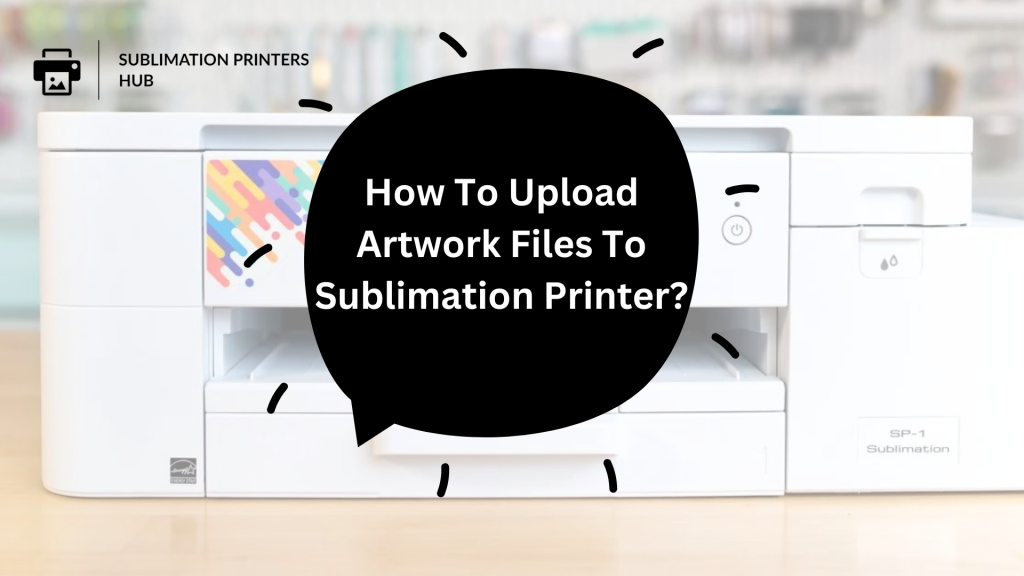
The good news is that if you follow a few simple best practices, properly formatting and loading pictures doesn’t require years of graphic design expertise.
With online resources making the procedure further more accessible, my recent installation of a TS500 provided me with the ideal incentive to provide a simple lesson for anyone new to sublimation.
Use this guide to build artwork confidence whether you’re switching from outsourcing your prints or trying out new items!
Developing Knowledge of File Types
Selecting a desktop sublimation printer, such as the widely recognized Sawgrass Virtuosos, results in outstanding quality by combining long-lasting inks and high-release paper.
To fully utilize this potential, though, you must have images in certain file types that may be printed from the printer interface. Know how to print sublimation images?
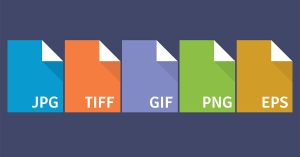
While popular choices like JPEGs and PNGs could function well for simple documents, they are missing vital colour information needed for correct, vivid sublimation transfer. Hence, trustworthy suppliers offer templates in these essential file types instead:
PNG Files: Ideal for graphical elements, PNG files preserve bright colours similar to TIFFs in a more compressed format. renders transparency with excellence.
TIFF Files: which encode all necessary ink data even at greater sizes—offer the best print quality and colour fidelity. The standard in photography.
EPS Files: are scalable vector-based pictures that are perfect for sharp-edged artwork such as cut-out decals, logos, and text.
Successful sublimation can be achieved by exporting your own designs into these file types and sourcing the appropriate bright, high-resolution photos.
How to fix ghosting in sublimation?
Appropriate Artwork Sizing:
In addition to selecting appropriate file formats, carefully adjusting proportions before to printing is essential to avoid any blurring, distortion, or cutting.
Verify technical specifications about maximum print areas as sizing needs differ throughout desktop printer types.
Sublimation Printing Tutorials
I prepare papers that meet those proportions scaled to the final output size for the 8.5″x14″ capability of the TS500. In order to avoid wrapping across seams, it can be necessary to experiment with items like text. If you are unsure about the size, err on the side of too large rather than tiny.
Reformatting existing photographs is made easy by online tools like PicResize that allow for precise dimension adjustment.
Editing displays with layered rulers simplify and align to conventional mug sizes, such as 11 or 15 ounces. The next step is to correctly load this canvas into the printer’s interface after the artwork has been scaled perfectly.
Setting Up Printer Connectivity
A connected, wireless, or cloud-based transfer method is needed to access those carefully formatted design files from your printer’s controls. While connectivity techniques differ between sublimation printer models, they typically consist of:
- Insert a USB thumb drive straight into a printer interface that can identify picture files and print them. Slower for large file batches, but dependable.
- Network printers with Wi-Fi and Ethernet enable file sharing from PCs linked to them via conventional connections. allows for batch operations.
- Cloud Accounts: Although they need online access, services like Dropbox integrate for immediate remote printing functionality.
Because of its accessibility and speed, Wi-Fi networking is what I prefer to use. To activate the connection, go to the TS500 configuration menu. This connects to my iPhone hotspot so that I can move freely throughout my shop wirelessly while editing on my laptop.
How To Sublimate on 100% Polyester?
Artwork Uploading Using Printer Interfaces
Once sizing and a transfer pipeline are set up, you must physically or digitally access your printer’s interface in order to upload your carefully formatted design files for printing.
Basic print functions are operated by entry-level devices such as the TS100, which have multi-button keypads and small colour LCD displays.
However, full touchscreens are integrated into higher-end models, making it easy to upload graphics.
The huge 5″ responsive interface on my TS500 is really user-friendly, with lag-free finger touches to manipulate the menu tiles. Scrolling image galleries, akin to a tablet, simplify the process of choosing your prepared artwork files.
How To Setup Sublimation Printing Business?
We can use a regular printer for sublimation?
Typical uploading routes consist of:
File Manager: Choose one or more photos for print queues by navigating to local folders or discs.
Apps Menu: Import files that are stored remotely by directly logging into cloud accounts such as Dropbox.
Images Without Copyright – A few printers offer customizable curated graphics libraries.
Once uploads are complete, you can validate paper types, print resolution, ink optimization, and any necessary colour corrections using the easy mode print dialogue boxes before printing!
Can sublimation ink be used for regular printing?
How much is a sublimation printer?
Reaching Prints of Superior Quality
These tips come in handy for me as a novice sublimation printer owner who is still getting used to working with artwork files and producing print results that are near-perfect:
- Turn on colour profiles: Online printer-specific ICC colour profiles adjust colour rendering according to the ink/toner and medium of your device for precise results.
- Sharpen detail: To prevent softening, increase the sharpness of small text or complex vector graphics using the printer’s settings.
- Filter effects: In printer options, you can adjust the brightness and darkness, boost contrast, and filter imperfections.
- Make draft copies: Before utilizing premium transfers, inexpensive test prints on thinner paper can identify problems.
Although it may seem difficult at first, all it takes to successfully adapt artwork for sublimation printing is careful file formatting and knowledge with your printer’s interface.
You will soon be producing everything like expertly—from eye-catching smartphone covers to personalized chrome bottle openers!
Sublimation Printing Software Guide
With any luck, this basic introduction will help you understand artwork file preparation and make the most out of your printer. Please don’t hesitate to get in touch if you have any further sublimation queries while you pursue your artistic goals! Feel free to ask your questions at info@sublimationprintershub.com


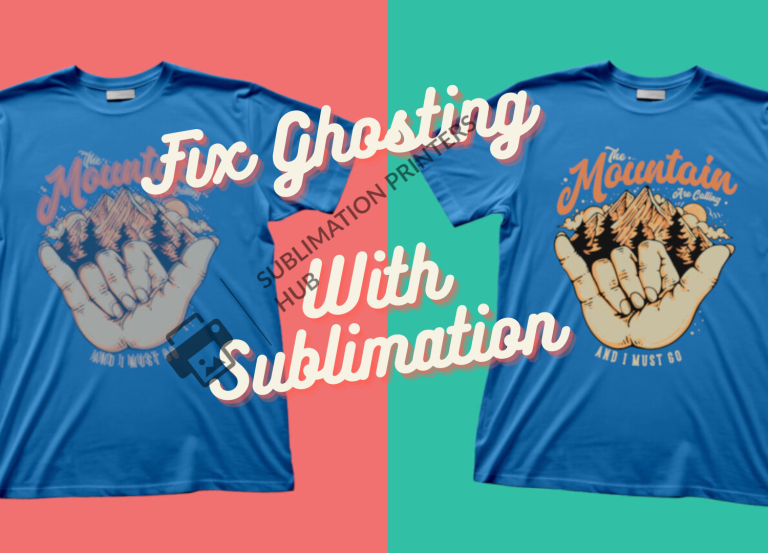
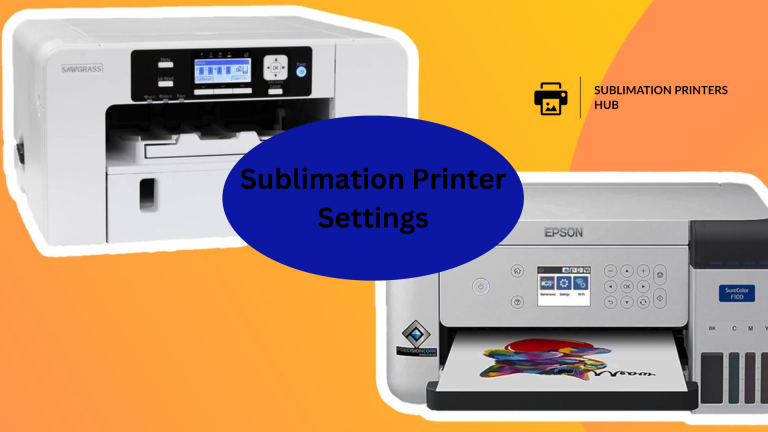
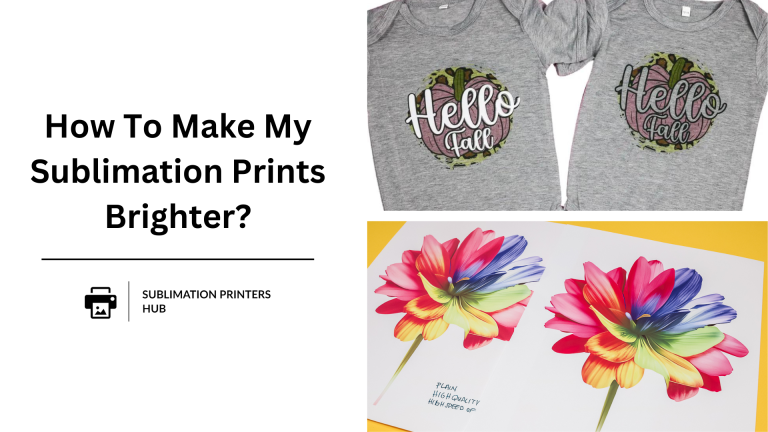
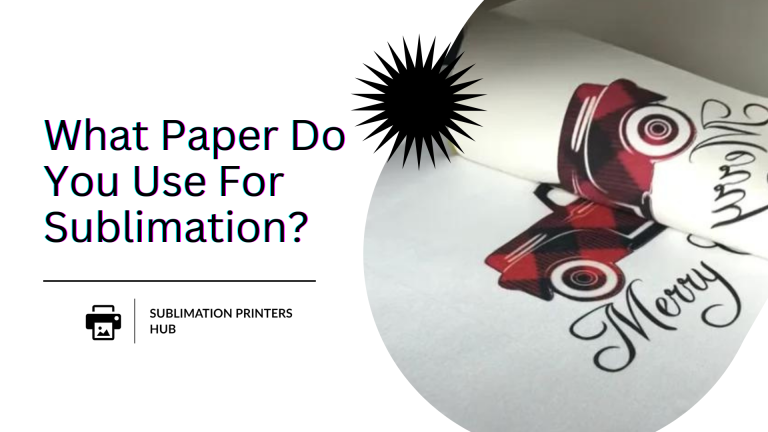
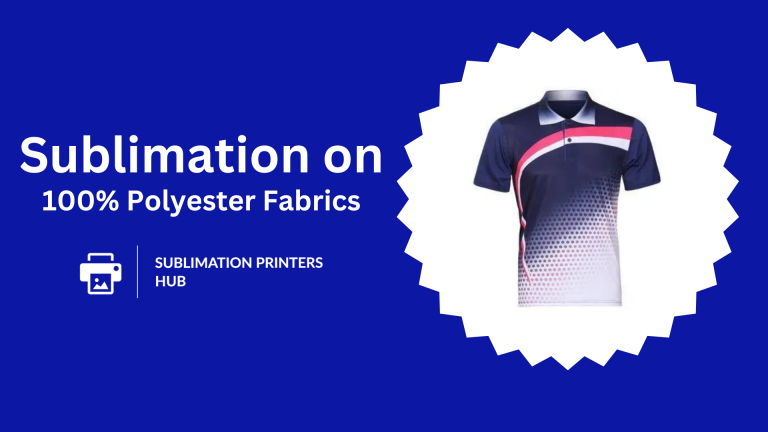
10 Comments